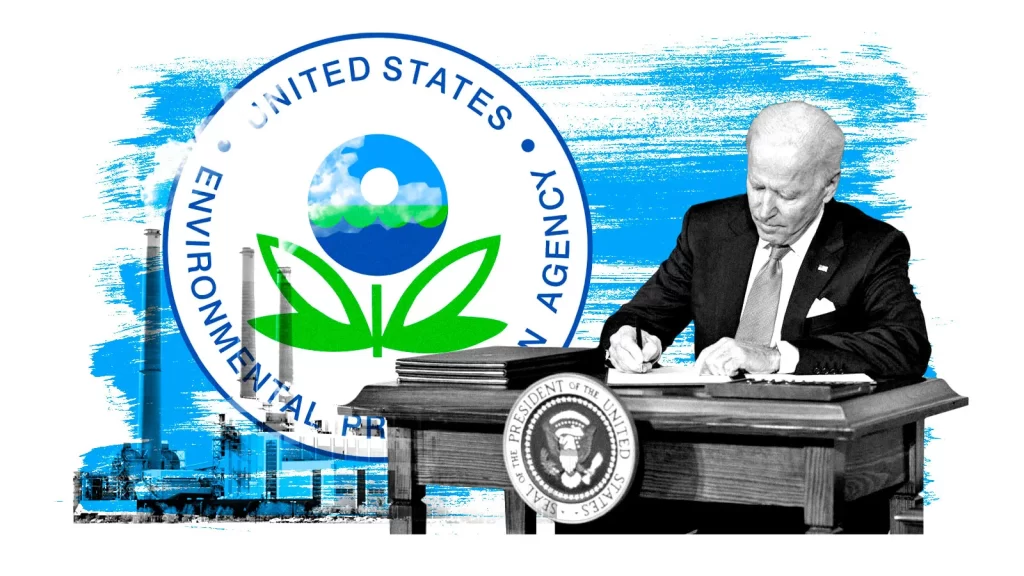The US environment regulator announced on Tuesday its initiation of new cleanup endeavours at 25 hazardous waste locations stretching from New Jersey to Oregon, facilitated by a £1 billion allocation.
These sites fall within the purview of the Environmental Protection Agency‘s (EPA) Superfund programme, which was initially established in 1980 to facilitate the revitalisation of land tainted by heavy industry, earmarking it for fresh economic endeavours such as parks and warehouses.
The £1 billion constitutes the third and concluding phase of a £3.5 billion funding provision mandated by the bipartisan infrastructure legislation enacted by U.S. President Joe Biden in 2021.
“This funding will help improve people’s lives especially those who have long been on the front lines of pollution,” remarked Janet McCabe, the deputy EPA administrator, during a press briefing.
McCabe underscored that 75% of the designated 25 sites are situated within historically underserved communities.
Furthermore, the £1 billion will expedite ongoing efforts at 85 additional Superfund sites. McCabe highlighted that over 25% of Black and Hispanic Americans reside within three miles (5 km) of a Superfund site.
Among the 25 designated sites, New Jersey, which hosts the highest number of Superfund sites nationwide, is home to three, including Raritan Bay Slag in Old Bridge and Sayreville.
Notably, in Sayreville, a seawall and jetty were constructed utilising slag, a by-product of industrial blast furnaces employed for metal smelting during the 1960s and 1970s.
Representative Frank Pallone of New Jersey expressed optimism regarding the funding’s synergy with an anticipated injection of £23 billion over five years for the Superfund programme following the reinstatement of “polluters pay” levies through both the infrastructure legislation and Biden’s Inflation Reduction Act.
“In Clackamas, Oregon, the funding will help clean up the Northwest Pipe & Casing/Hall Process Company site where pipes were made and coated from the 1950s to the 1980s contaminating soil and groundwater with solvents, primers, coal tar and other pollutants,” stated the EPA.
